
We may receive commissions from purchases made through links in this post, at no additional cost to you.
It’s a typical weekday morning and you are going through your child’s take-home folder. Along with the monthly lunch menu, you find a flyer about signing up for band or orchestra. That’s when your kid jumps up to tell you all about the “instrument petting zoo” they had the other day at school…and now they want to start playing a musical instrument.
Even if you played an instrument in school yourself, chances are you might still be a little intimidated when it comes to getting your child set up. What instrument do you get? How much will it cost? And more importantly, do you really need to rent an instrument, or is buying a better choice for beginners?
Renting a beginner instrument is a good option during the child’s first year of playing, if they are unsure, or if there is a rental credit or rent-to-buy option. Buying could potentially save money over time and gives you the option to choose the specific instrument you want.
If you rent, it gives you some time before fully committing, but if you buy, at least in the end you own something. So the big question is, should you rent or buy?
There are several factors that go into deciding whether to purchase or rent your child’s first musical instrument. Let’s look at a few and help you understand the pros and cons of renting versus buying.
- RENTING a Beginner Instrument: When It’s a Good Idea
- BUYING a Beginner Instrument: When It’s a Good Idea
- The Dad Stuff Recommendation
RENTING a Beginner Instrument: When It’s a Good Idea
It’s important to realize the two likely outcomes of your child playing an instrument: either your child is going to quit, or they will continue with music and will need to upgrade to an intermediate level instrument.
While renting is an option for a beginner instrument, you will probably need to purchase the next-level instrument. (Don’t let this freak you out; there are a lot of financing and rent-to-own options. More on this later.)
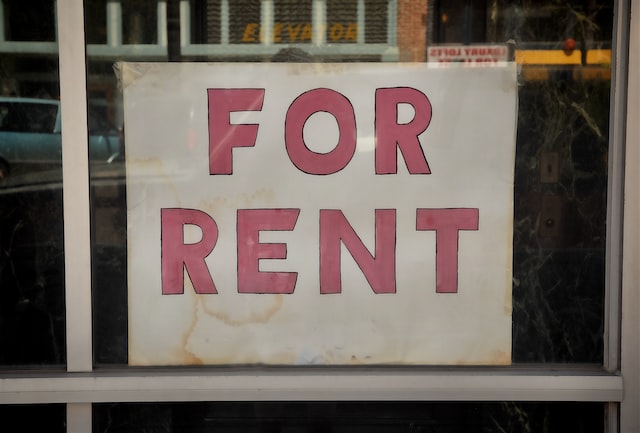
A beginner instrument is not the one they’re going to play on forever. It is an entry level product designed to be good enough to get a child started. Once a child learns how to play and learns how to take care of it, then they’re ready to move on to a higher-quality instrument.
Let’s look at when it makes sense to rent a musical instrument.
Frustrated trying to get your kids to practice? Check out Getting Your Child to Practice Music: 20 Tips for Motivation
1. When Your Child is Unsure
The expense of purchasing an instrument can be daunting, especially if you aren’t sure your child’s newfound interest in music will stick. One major advantage to renting is that it’s a cost-effective way for your child to try out learning an instrument.
The typical cost for an instrument rental is between $20-$50 a month, depending on the type of instrument and whether you’re renting a basic or premium-quality instrument.
If your child decides they want to quit after only one year, you might be out only $240 (potentially less if you’re paying over the span of a school year versus a calendar year).
Buying a new beginner instrument can cost between $300-$1,200, depending on the instrument. For example, some entry-level violins tend to be less expensive, while many band instruments cost more.If you consider the value depreciation of a beginner instrument, you’re likely to lose at least the cost of a year’s rental fees if you resell a used beginner instrument after one year.

2. When Your Child Might Switch Instruments
If your child decides to change instruments, most rental companies are willing to make a trade with little or no additional charge. Simply return the instrument you’re currently renting and request the new instrument.
It’s actually not that common for a student to switch instruments once they’ve begun to play. It is, however, a common enough question from parents that most rental companies have a policy in which students can exchange their rental for another instrument.
3. When Your Child Plays a String Instrument
If your child is learning a string instrument, especially if they are under 12 years old, then they will begin on a smaller version of the instrument. With the strings family, it is common practice for children to begin a ¼ or ½ size violin, viola, or cello, depending on the student’s size. (You don’t typically see ½-size trumpets, or ¾-size trombones for younger players).
It is a guarantee that your child will outgrow their string instrument. If they don’t quit playing (and believe me, it’s worth encouraging them to continue!), they will eventually grow into a full-size instrument.
There is a bit of a pause when your child gets to a ¾-size violin, however. I personally found this out through experience. My son quickly grew from a ¼- to a ½- to a ¾-size violin in the span of about a year and a half. He got his 3/4-size violin when he just turned 8, but he probably won’t be big enough for a full-size instrument until he’s at least 11 or 12.
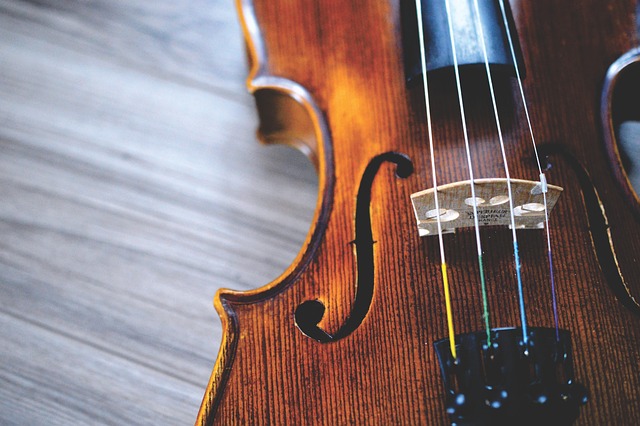
If you do a little math (as I’ll do later in this article), you might find out that you pay more in rental fees over two years than it would cost to buy the instrument. If it seems likely that you will need to rent the same instrument for two years or more, it might make more financial sense to buy.
Related: What is a Metronome and Which One is Best? (Pros and Cons)
4. During the First Year
Here’s where things get a little complicated because everyone’s circumstances are different. As I mentioned earlier, your child will either quit or continue with music. If they quit, you turn the rented instrument in with a small loss (comparable to the loss of buying new and selling used, but without the hassle).
If your child continues, they will need to upgrade their instrument to an intermediate-level instrument. A beginner instrument is great as they are learning fundamentals in the first year or so, but it is not a good long-term option. The tone quality is not as good, for example, and basic instruments can be more difficult to play as the child advances technically.
Here’s an example an orchestra director friend of mine likes to use: In math, a basic calculator is fine to do simple calculations. But the moment you move up to more advanced math classes, you need to upgrade to a graphing calculator in order to use more complex functions (remember the TI-84s?).
You can rent a beginner instrument, but you will probably need to buy an intermediate-level instrument. Occasionally there are circumstances where you can rent one, but it is not common.
How long with your child be a beginner?
In deciding whether to rent or buy, it is important to know how long your child will be at the beginner level. However, the answer to this question changes depending on your location (and, of course, depending on the instrument). I grew up in New Jersey but I was a band director in Texas. I can tell you that the two systems for teaching beginner instrumental music are quite different.
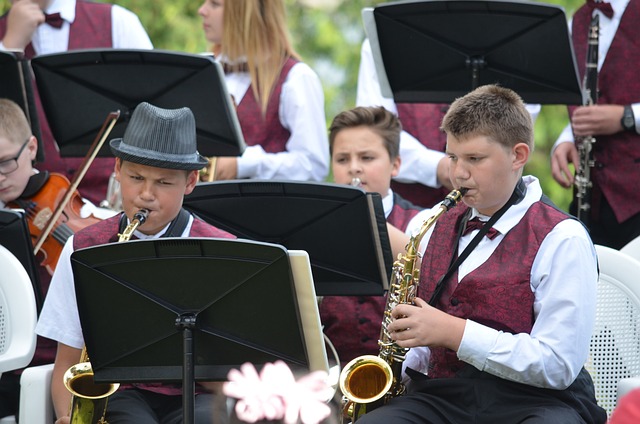
Some parts of the country (I find this common in non-Texas schools) often begin teaching strings in the 3rd or 4th grade, and beginner band instruments in 4th or 5th grade. Students will usually meet once a week for group lessons. The progress at the beginner level is a little slower and lasts longer, so students don’t move up to an intermediate level until around 7th grade.
In many Texas schools, it is common to have beginners start in 6th grade, but they meet every day for a 45- to 55-minute class. By the 7th grade they too will progress to an intermediate level. So, while they begin later, the instruction for the first year is more concentrated and their initial progress is faster.
I bring this up because in both situations, your beginners won’t typically need to upgrade their instrument until they’re in the 7th grade. If you were to begin in the 3rd grade, that means renting a beginner instrument for four years. If you begin in the 6th grade, you may need to rent for only one year. The total amount paid in rental fees is going to be quite different.
If you are in a situation where your child is learning an instrument independent of public school, ask your lesson teacher how long your child will be on a beginner instrument. They are a great source of information and will know the best options based on the way they teach your child.
5. When the Rental Covers Repair or Replacement Costs
Most instrument rental contracts include an optional Liability Damage Waiver (LDW). An LDW is an optional add-on agreement that covers the renter if a rented item is lost, stolen, or damaged. With a musical instrument, it usually includes coverage for regular repairs. The typical monthly cost for an LDW for a musical instrument is $2 to $7.
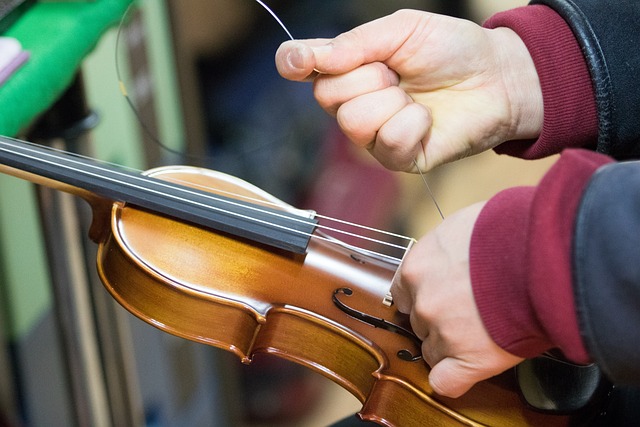
Essentially an LDW is an insurance plan for your instrument, and for the most part it is a good idea. The reality is, you are handing a fragile piece of equipment to a child. Even the most responsible kid is going to be somewhat accident-prone. If they aren’t, they will be around other kids that are.
Most LDW plans cover the worst accidents as well as regular upkeep. For example, string instruments can be affected by humidity, or the pads on a wind instrument can get moved accidentally.
Regardless of how well you take care of it, the instrument will need some sort of regular maintenance, if only for small adjustments. It’s a good idea to have the instrument looked at once a year by a professional technician.
Most beginner instruments just don’t hold up for long
One of the major reasons against owning a beginner-level instrument is that it isn’t designed to last a long time. Most starter instruments (especially woodwinds and brass) aren’t engineered as well and are made with lower-quality parts. This isn’t a criticism of companies that make beginner instruments; it is necessary to keep costs low and provide a value product for entry-level musicians, making music more accessible to everyone.
Beginner instruments are just not as solid and are more likely to need frequent adjustments. Because of the need for regular maintenance to keep them in playable condition, the cost for repairs can add up to more than the value of the instrument.

So as much as you’re thinking you might save your old clarinet from the ‘90s to hand down to your child (or even one from an older sibling), it’s probably better to just rent them a new or nearly-new one. It will be in better condition and will give them a greater chance for success. Any barriers to success will only take away from the fun of learning an instrument.
Related: 9 Reasons Your Child Should Practice with a Metronome
6. When There is a Rent-to-Buy or Rental Credit Option
Music stores often have different rental incentives, including Rent-to-Own, Rental Credit, and Buy Back programs. If you are going to rent, check if the music store has one of these policies.
Rent-to-Own
This is essentially like a zero-interest purchase plan. You pay your monthly fee, and after you pay the value of the instrument, you get to keep it.
This option is less common with some of the bigger brick-and-mortar stores but is more frequent with online retailers. And since the online competition is offering the rent-to-own option, more stores are starting to offer it too.
I have seen two types of programs with Rent-to-Own. The first allows you to pick your preferred instrument (this is more common online). The monthly payments are typically a little more, usually because it is a better-quality beginner instrument. In the end you get to keep the instrument when it’s fully paid for.
The second, which I’ve seen at some of the bigger stores, is a Rent-to-Own option with a used/refurbished brand instrument of the store’s choosing. The price is usually lower, but it’s for a non-premium instrument.
Rental Credit
This is the most common type of deal and usually one of the biggest benefits of renting. Generally, a portion of the money you put toward your rental goes towards purchasing a new instrument in the future.
This is a great option, because as I said earlier, your child is going to outgrow their beginner-level instrument and you will need to buy the intermediate one.
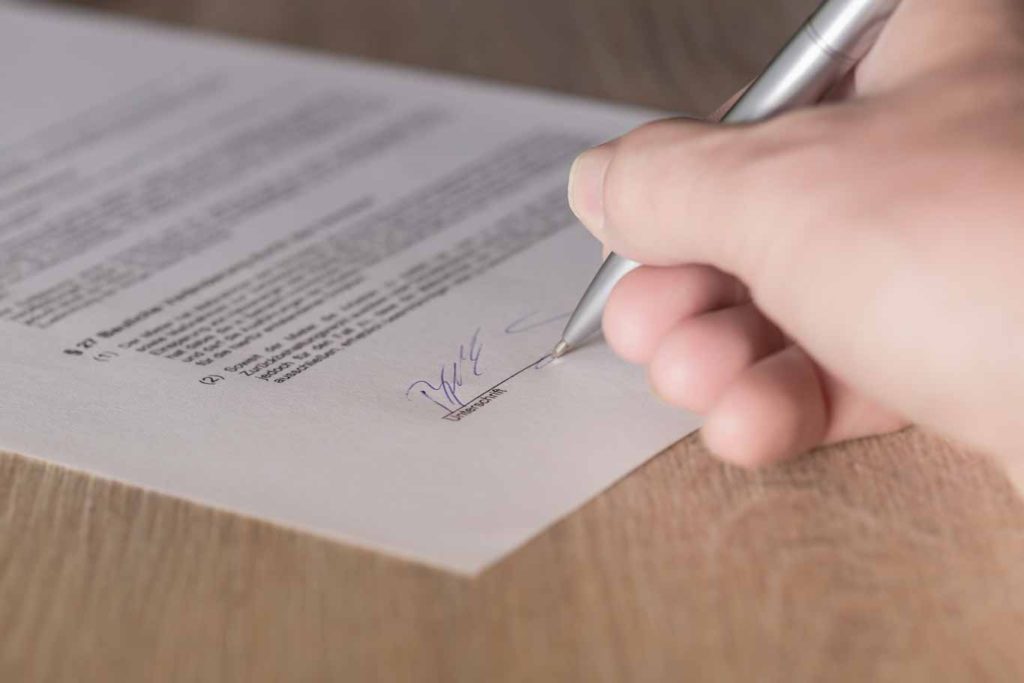
A couple considerations before your jump right into this (every company has different fine print!). Find out from the start how much of your rental money goes toward store credit. I’ve spoken with salespeople and read music store websites and honestly, the most specific answer I have gotten is that you can get credit toward a new instrument. My guess is it’s not 100% towards a future purchase.
The other thing to remember is that those credits must be used at the music store you’ve been renting from. It will have no cash value except toward a purchase (often only for an instrument) at that store.
Keep an eye on the price of a new intermediate instrument from that store. The price is likely to be higher than what you can find online. In the end, you may only get a slight discount after applying your rental credits compared to a better price for the same instrument at a different store.
Buyback
Some stores (usually stores that offer a Rent-to-Own option) offer an instrument Buyback program. Around the time you’ve paid off your rental, you’ll probably be ready to upgrade to an intermediate instrument. The music store will then buy back your beginner instrument and give you credit toward buying a new one.
This is not unlike trading in your car to a dealership. Don’t expect to get the price you paid for a beginner instrument when it was new. Music stores will often buy back the instrument at a depreciated value. Much of that value is dependent on the condition of the instrument you’re selling back.
You can probably sell your instrument yourself, but you’re not likely to get much more than the music store’s buyback program.
It’s also much easier to trade in your instrument. They have repair people that will do necessary maintenance regardless of the condition (and after a year or two, it will need some sort of maintenance, even if it’s just minor adjustments). This way you don’t need to deal with an unhappy parent complaining that you sold them an instrument that needs maintenance.
My Mistake
Whatever you do, check with the rental company that they have one of these programs. This is where I made my mistake (and as a musician, I honestly should have known better. I made some assumptions and didn’t sit down and do the math).

I rented a beginner violin for my son and after a year and a half, paid enough in rental fees to equal the value of the instrument. Except that I’ve been renting for 3 years. I essentially paid double what the instrument is worth.
I just found out that the company now offers a Rent-to-Own option, but I would need to completely start over with my payments. What’s worse, it turns out there’s no sort of credit toward a future purchase. I made the mistake of assuming they offered rental credits because most companies do.
Such is life…
Related: Parent’s Survival Guide to the Flute: Basic Care, Terms, and How to Help
BUYING a Beginner Instrument: When It’s a Good Idea
When it comes to renting versus owning, there are two ends of the spectrum. On one side, some people have absolutely no problem spending money on rent, as long as they’re getting the product they need.
On the other side, you have people who believe any sort of renting is a waste of money and prefer to buy even if it means using debt. Chances are you land somewhere in the middle but may lean toward one of these two types.
Even if you’re not fully in either camp, there are circumstances in which it makes more sense to buy a beginner instrument, rather than rent. Let’s look more closely at when it’s a good idea to buy.
1. When You Can Save a Lot of Money
One of the biggest advantages to buying a beginner instrument is the potential cost benefit. The average instrument rental cost is around $20 to $50 a month. That means you’re paying between $240 and $600 a year in rental fees.
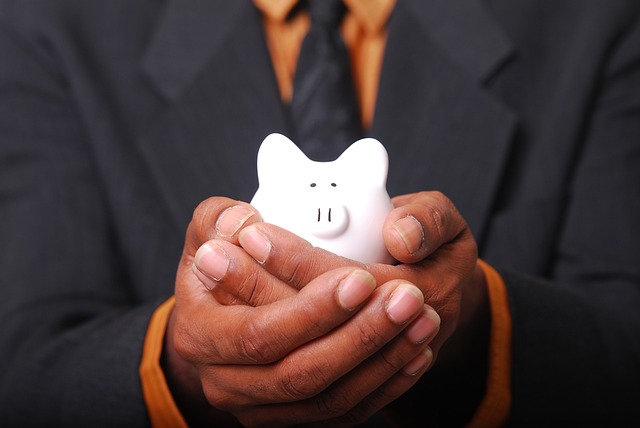
Rental prices vary based on instrument type and quality. A beginner violin rental at Music and Arts can cost around $24 while a cello is $42. The same goes for quality. A lower-quality instrument may be in the $20 range, while a premium version is $50. Some premium, high-quality instrument rentals could cost as much as $60 to $70 (or more) per month.
When you look at the purchase price of different instruments, you have just as much variation as rental prices. A beginner, non-premium violin (one of the least expensive beginner instruments) may cost only $350 to buy, while a premium beginner saxophone (one of the most expensive beginner instruments) can cost around $2,500.
I think you can see why this renting-vs-buying discussion is a little complicated. This is also why it’s important to estimate how long your child will be playing a beginner instrument, as this affects how much money would be spent on rental fees.
Let’s do some math
I mentioned earlier about my son’s violin. Let’s take a minute to look at the specific numbers of our situation.
My son has been taking violin lessons for about three years now. We started with renting because he’s growing like a weed, and we knew he would quickly outgrow the smaller-sized violins. He moved up to a ¾-size violin about a year ago, and he will probably be playing that instrument for at least another 2 years.

Our violin rental fee is around $20 a month, and the value of the instrument is about $350 if I bought it new. With the rental fee, I will have paid the full value in about 18 months. So, unless the rental company gives me credit for 4 years of renting, I will have spent $960 for a $350. And I have no instrument to show for it in the end.
In this case (especially if there is not a rental credit option), it would be worth looking into a rent-to-buy program, or just buying a ¾ instrument for my son. I could then either sell the violin, or even donate it to a local school.
The truth is the instrument wouldn’t hold its value, and I might be about to get $50-$100 for it online. But a loss of $200-$250 over the span of 4 years while my son learns to play something he absolutely loves is fine with me (whereas overspending $610 makes my teeth itch).
2. When You Get a Choice of Instrument Model
One of the biggest drawbacks to renting is that you often cannot choose the brand of instrument you want to rent. If you don’t know what to get (and especially if you don’t care), then this is a non-issue.
For me, I like to have control. I want to have a higher-quality beginner instrument because it will be easier to play and will sound better. Let’s be honest, some beginner instruments are just crap. A poorly-engineered and poorly-built instrument with low-quality parts will be harder to play on.
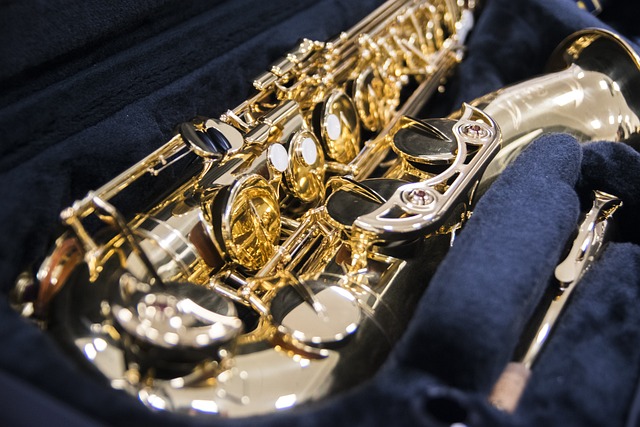
Learning to play an instrument is challenging enough. If the instrument itself is adding an additional obstacle, your child is more likely to get frustrated and quit (or just hate practicing).
Obviously, this varies for each type of instrument. I have found the more complex the engineering, the more important it is to have a higher-quality instrument. Generally, I have found that non-premium band instruments (especially woodwinds) are more of a hinderance than non-premium string instruments.
Note: You might be tempted to buy an instrument you see for a great deal. If it looks too good to be true, it usually is. If you’re buying a new instrument, stick with a reputable dealer. My general rule is, don’t buy a musical instrument in the same place you can buy a loaf of bread.
When you buy, you can get whatever instrument you want. And if you don’t buy the cheap, low-quality, non-premium version, your instrument is more likely to hold its resale value.
Buying may be your best option if you need a non-traditional instrument model. For example, if your child wants to play the flute, but they are on the small side, you might need to get a flute with a curved headjoint. Some instrument companies rent flutes with a curved headjoint, but most do not. Buying may be your only option.
Note: eBay can be a great place to buy a secondhand instrument, but only if you know what you’re doing. If you do not know how to assess the quality of the instrument online or if you don’t have a close family friend that can help you, don’t do it. You might spend more money on repairs than the instrument is worth. If you do buy online, make sure there is a great return policy.
3. When You’re Okay with Paying for Instrument Repairs
Like I mentioned above, most rental companies offer a Liability Damage Waiver with their rental contracts. The LDW covers any accidental damage and repairs to the instrument. And seeing as you are handing a very breakable instrument to a child, there is definitely some risk involved.

Though I generally recommend the liability waiver, I admit that at some places it’s just too expensive. I’ve seen it as cheap as $2, but at other places (though less common), as high as $14. If you own your instrument, you’re now in charge of taking care of the maintenance of that instrument.
Note: It is recommended to bring in your instrument to a professional repair shop once a year for a “tune-up.” This will extend the life of the instrument and keep it functioning its best.
While regular minor adjustments may not cost very much ($20 or so), bigger repairs can get expensive. This is especially true with large string instruments, like cellos and basses. I have paid for repairs to an upright bass that cost more than $1,000 (and I’m sure others have paid more).
There are separate insurance policies you can get for your child’s instrument, and if you like the idea, then go for it. If you’d rather not have another policy, then bank some money now for your own “self-insurance.” You will need to pay once a year for regular maintenance plus any additional repairs that may come up.
4. When Your Take Advantage of 0% Interest Deals
Some rental companies offer payment plans for a set amount of time with 0% interest. Always read the fine print, but generally this means if you pay off the instrument before the (usually very high) interest rate kicks in, then you don’t have to pay any other interest or penalties.

One of the biggest instrument sales companies is Woodwind and Brasswind (www.wwbw.com). They sell just about everything and are a highly reputable dealer (for the record, I am not an affiliate with them and get nothing from saying this). When I need to buy a non-string instrument, I go through them.
They have lots of promotions that offer 0% interest for 2-3 years (again, be sure to read the fine print!). If you play your cards right, it’s essentially a rent-to-buy situation, but with a brand-new instrument of your choosing.
This is not necessarily a recommendation that you do this, but I acknowledge that there are people out there that know how to work the credit system (legally) and end up ahead in the end. I don’t love risk enough to do this myself, and if you’re like me, consider a different option.
5. When You Have the Cash Upfront to Buy
If you’re in a good enough financial position and can save up the cash to purchase an instrument, then go ahead and buy. You’ll get exactly what you want and be done with it. Simple.
The Dad Stuff Recommendation
When it comes to the question of whether it’s better to buy or rent a beginner instrument, unfortunately the best answer is: it depends. Each instrument has its own pro and cons, and each family will have very different circumstances.
In the end, the best advice I can give is to follow the recommendation of your child’s teacher. They know what will work best for the circumstances of your child and how it will fit best within their music curriculum.
If you need a recommendation for which specific instrument to buy, ask your child’s private lesson teacher (if your child is not in lessons, check out why they should be here). They are a specialist on that instrument and will have the best advice for you.
Hopefully this article helps you understand the different factors that go into making your rent-or-buy decision. One thing I can recommend with full confidence: whether you rent or buy, the joy and sense of accomplishment that comes from learning a musical instrument is always worth it.
Related Posts
It's family game night so you decide to take a trip to Target and check out the board game aisle. Except that aisle has so many new games you don't know what to pick. What about the games we all grew...
I love my kids. I really do. But sometimes I get tired of dealing with complaints of, "Daaaad, I'm bored!". I'm all for helping them out when I can, and I think there is value in them learning how to...
